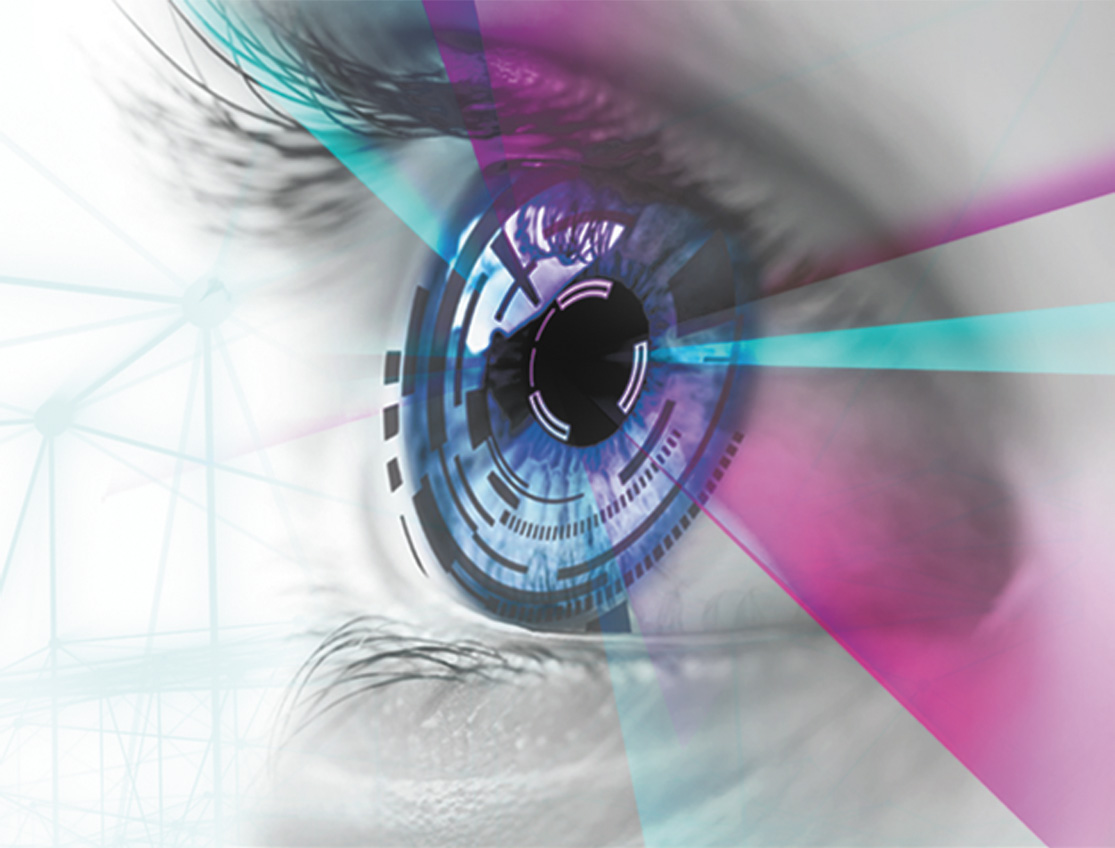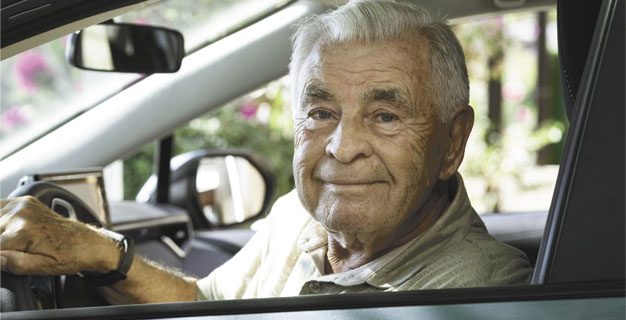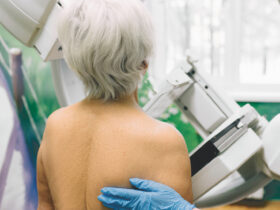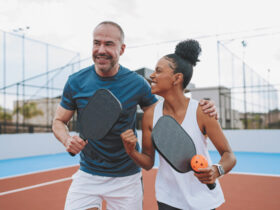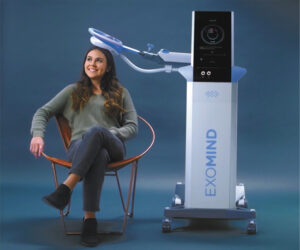 When most people think of ADHD, they picture racing thoughts, trouble focusing, or the frustration of unfinished projects.
When most people think of ADHD, they picture racing thoughts, trouble focusing, or the frustration of unfinished projects.
What often gets overlooked is that ADHD is not just a “thinking problem” — it’s also a coordination problem. The same brain areas that help us stay organized, remember details, and control impulses are also in charge of movement and balance. That means when we train the body, we’re also training the brain.
The Brain-Body Connection
Inside the brain, regions like the prefrontal cortex, basal ganglia, and cerebellum work together like an orchestra. The prefrontal cortex manages planning and organization, the basal ganglia control timing and transitions, and the cerebellum keeps rhythm and coordination smooth. In ADHD, these systems don’t communicate as efficiently as they should. That shows up not only in scattered thoughts, but also in clumsiness, poor posture, or difficulty with coordination.
How Movement Shapes Thinking
Movement is more than physical fitness — it’s a way of stimulating the brain. Exercise boosts growth factors like BDNF (brain-derived neurotrophic factor), which helps neurons form stronger connections. The cerebellum, sometimes called the “little brain,” plays a special role in both motor and mental coordination. When you practice balance, rhythm, or reflex exercises, you’re strengthening the same networks that help you sequence your thoughts and manage focus.
Think of it this way: if your brain is struggling to organize how your body moves, it’s going to have trouble organizing your ideas too. Improving one strengthens the other.
Movement in Clinical Practice
At Heal Thyself Institute, we often see adults with ADHD who struggle with focus, memory, and impulsivity — but also with movement patterns they didn’t realize were connected. We use therapies like:
• Primitive reflex integration to help the brain mature past early reflexes that hold it back.
• Balance and vestibular training to “wake up” the cerebellum and improve stability.
• Functional eye exercises to connect vision with attention.
When these therapies are combined with chiropractic adjustments, red light therapy, and other brain-based treatments, patients often report more clarity, calmer moods, and an ability to stay on task for longer periods of time.
Daily Life Applications
You don’t need a clinic to start using movement as a brain tool. Here are simple activities that support attention and focus:
• Dance or martial arts – rhythm and coordination challenge multiple brain systems at once.
• Yoga or balance training – helps with body awareness and calming the nervous system.
• Short aerobic activity breaks – walking, jumping, or rebounding can reset focus when the brain feels stuck.
For adults with ADHD, these aren’t just “extra exercise.” They’re ways to teach the brain how to sequence, focus, and regulate itself.
Rethinking ADHD
Too often, ADHD in adults is reduced to willpower or attention span. The truth is more hopeful: the brain has the ability to change. By addressing ADHD as a brain-body coordination challenge, we unlock new treatment pathways that go beyond medication or coping strategies. Movement becomes medicine.
Conclusion
ADHD is not simply about scattered thoughts — it’s about how the brain organizes both movement and ideas. By improving coordination in the body, we give the brain tools to better manage attention, memory, and self-control. Whether through clinical therapies or simple lifestyle practices, movement offers a powerful way to support adults living with ADHD.
At Heal Thyself Institute, this is the foundation of our brain-based care: strengthening the nervous system through safe, targeted, and empowering strategies that bring lasting change.
Meet the Doctor
Dr. Waldo Amadeo was born and raised in Puerto Rico. He completed his undergraduate studies at the University of Puerto Rico, earning a Bachelor of Science with a major in Human Biology. During his undergraduate years, he focused on Physiology of Addiction and Proteomics, earning a publication in the journal Hormones and Behavior. Dr. Amadeo continued his education at Life University College of Chiropractic, where he earned his Doctor of Chiropractic degree.
While at Life University, Dr. Amadeo was recognized at graduation for his expertise in the learning theory of critical thinking. He also earned certification in the Philosophy, Art, and Science of Sacro Occipital Technique™ (SOT) and served as President of the Sacro Occipital Technic™ Club.
Dr. Amadeo’s approach to treatment is multidisciplinary, and he works with patients of all ages, with a special passion for helping children, teens, and families. He aims to address the root causes of symptoms, supporting the body’s natural ability to return to a balanced, harmonious state. His holistic approach acknowledges the uniqueness of each individual and their innate capacity for self-healing.
Dr Waldo is currently taking classes in Functional Neurology to be eligible to sit for the accreditation exam. He is also in the final series of classes for Advanced Functional Medicine Clinician Certification through the Kharrazian Institute.
239-955-1355
2590 Northbrooke Plaza Dr. Ste 107
Naples, FL 34119
healthyselfswfl.com


